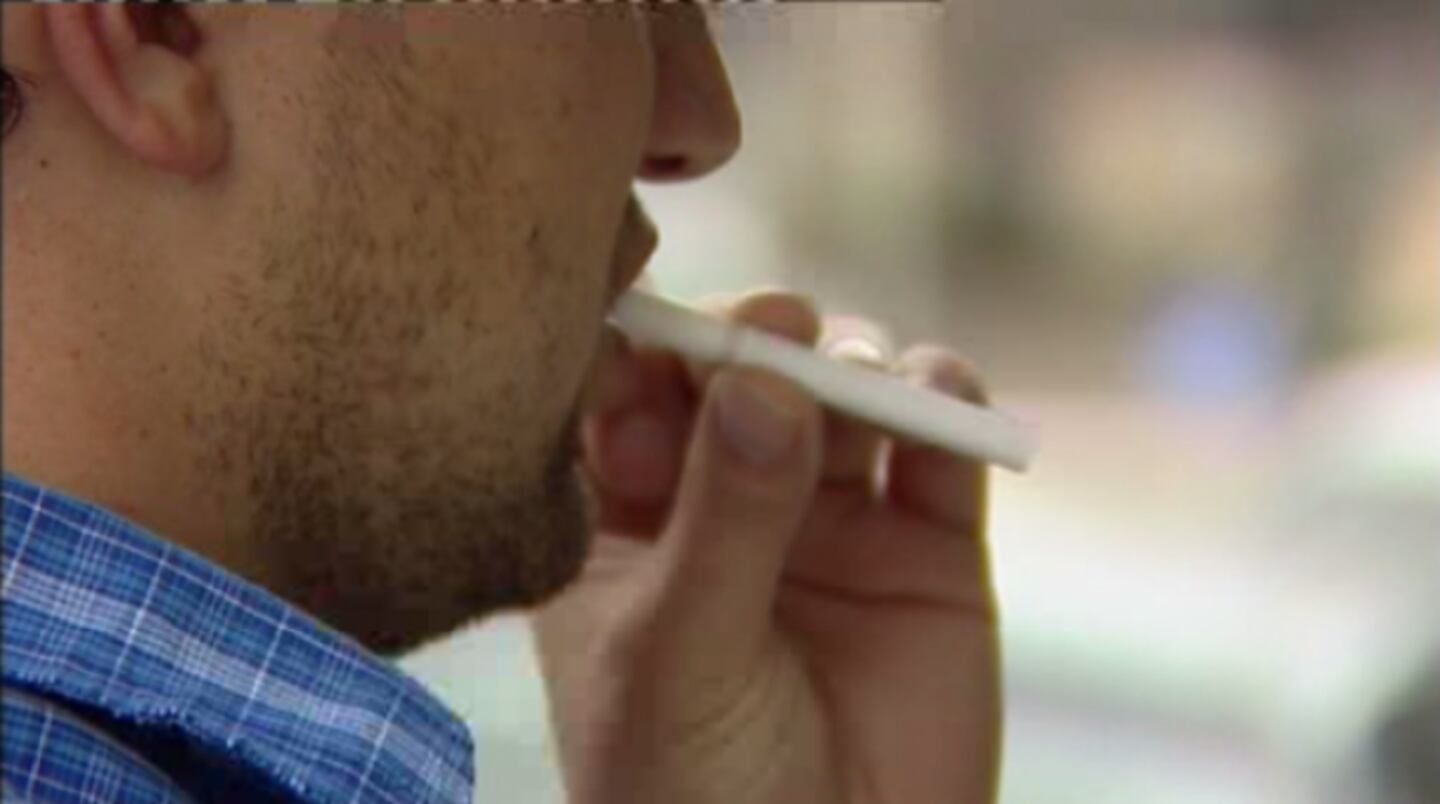Leading tobacco researchers and public health advocates say the Government is not doing enough to address tobacco-related harm against Māori.
Māori smoking rates have hardly changed since 2011.
The group has produced a review into the Government's actions on the Māori Affairs Select Committee's 2010 recommendations for addressing tobacco-related harm. It shows, five years on, little to no progress on several key measures recommended in the Committee's report.
The review authors say “Only eight out of 42 recommendations have been fully implemented and we believe the failure to complete or adequately advance the remaining 34 recommendations is hindering progress towards the Smokefree 2025 goal, particularly for Māori."
The Parliamentary Committee’s report made 42 recommendations to the Government, including a goal of making New Zealand a smokefree nation by 2025. The Government endorsed this, making New Zealand the first country in the world to set a national goal of achieving minimal levels of tobacco use.
Shane Kawenata Bradbrook, Director of Te Ao Hurihuri says, “The intent of the original inquiry was to expose the tobacco industry to the full glare of political and public scrutiny. Yet five years on, and despite cross-party political and very high public support for stronger tobacco control measures, the review authors say progress has been glacial. Thousands of people have continued to be killed by smoking, and many children have become addicted to smoking."
The authors say key missed opportunities include a lack of progress on:
- introduction of standardised packaging for tobacco products
- implementation of a comprehensive Government strategy and action plan to achieve Smokefree 2025 reducing availability and supply of tobacco
- comprehensive and effective use of mass media including targeted mass media campaigns, in particular for Māori and pregnant women
- extension of smokefree environments, in particular smokefree cars carrying children
- further disclosure of product additives, and the regulation of nicotine and additives.
University of Otago Professor, Richard Edwards says, “We now have clear evidence that the current ‘business as usual’ approach will not achieve the Smokefree 2025 goal, particularly for Māori. Unless decisive steps are taken to introduce best practice measures, the interim target of halving Māori and Pacific daily smoking prevalence to 19% and 12% respectively by 2018 will be missed by a substantial margin.”
Recently released figures from the New Zealand Health Survey show that there has been no significant change in smoking rates for Māori or Pacific peoples since the Smokefree 2025 goal was set in 2011. Prevalence of daily smoking for Maori stands at 35.5%, nearly three times that of non-Māori, while the Pacific rate is 22.4%.
“Not only is the government failing to take action needed to accelerate smoking decline, but spending on key measures such as mass media advertising actually reduced after the Government adopted the 2025 goal,” says Edwards.


